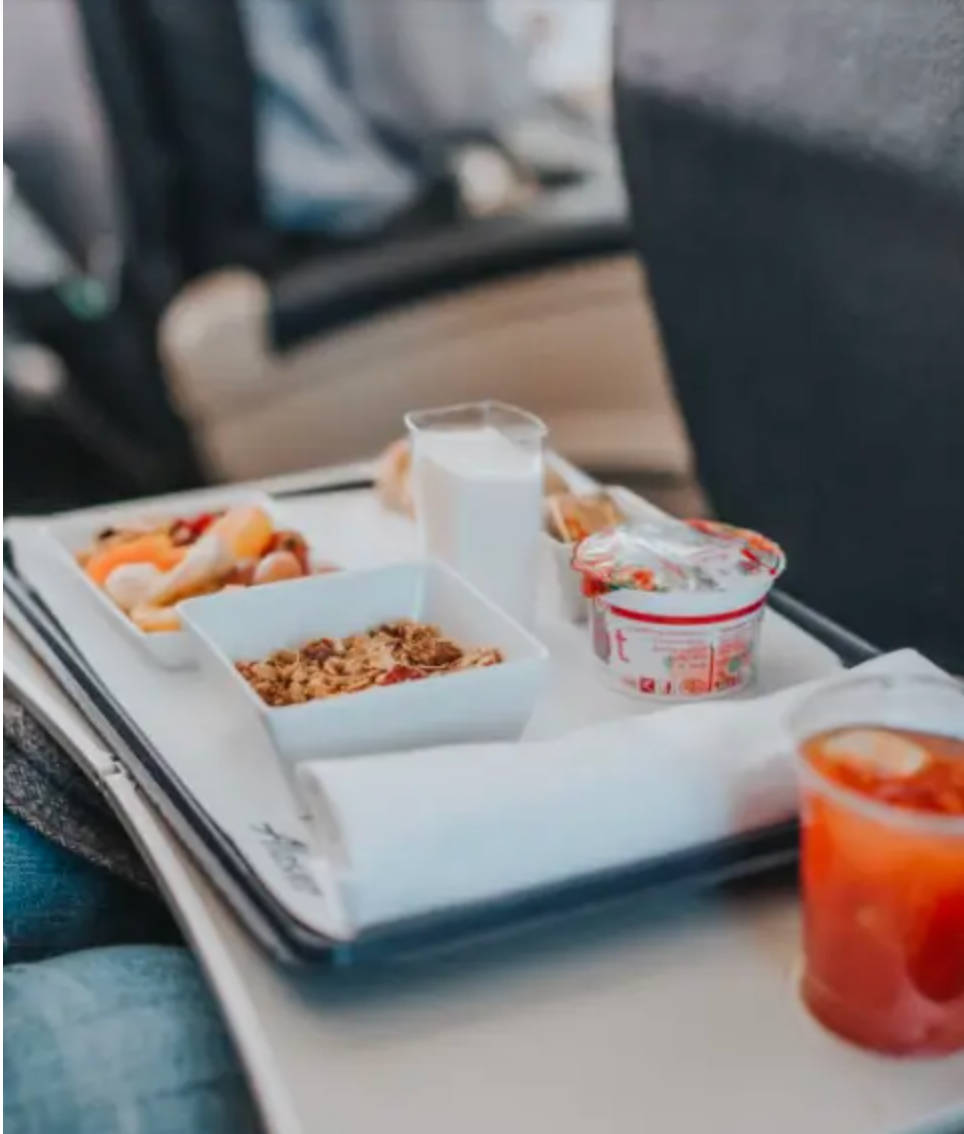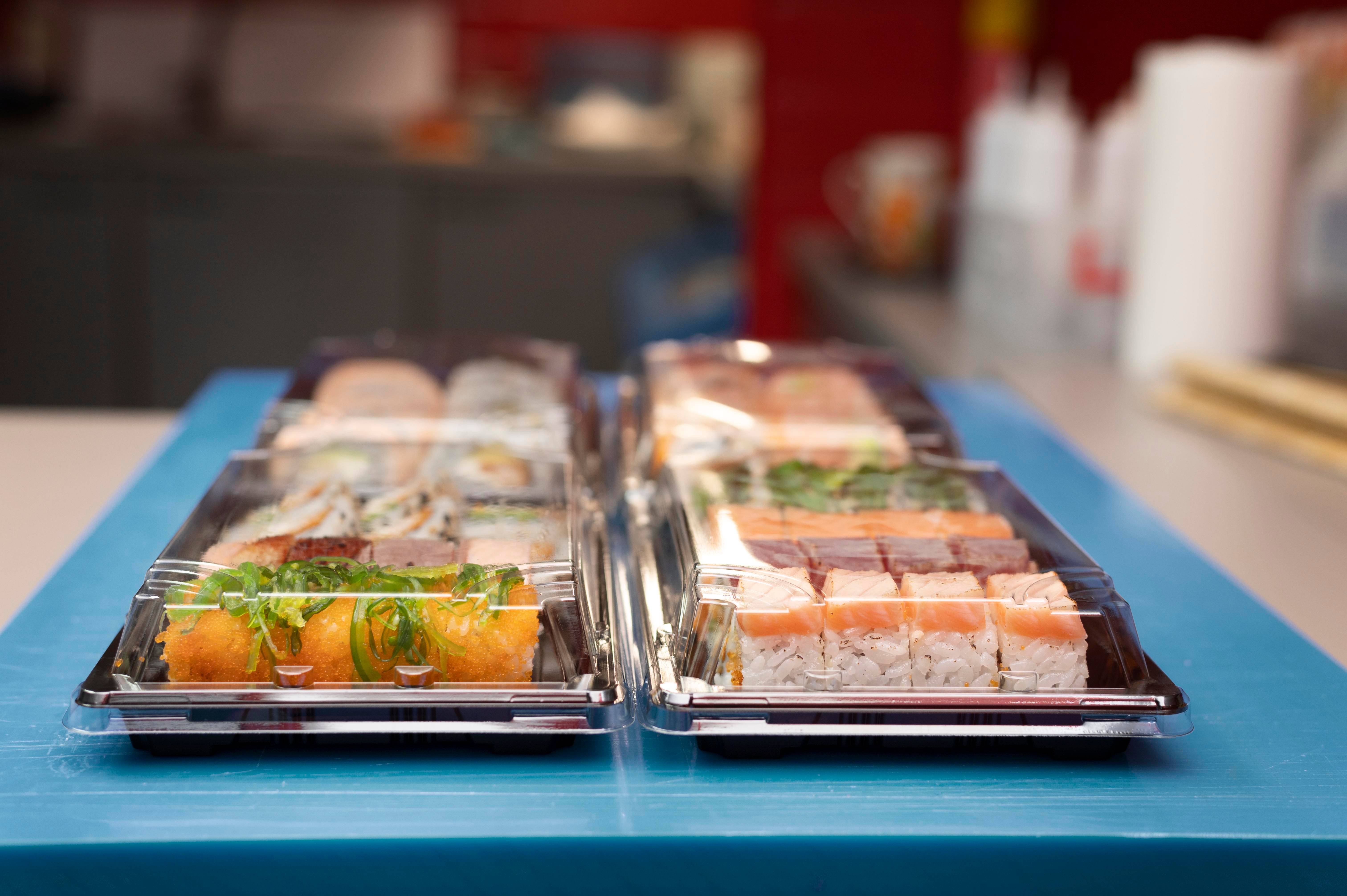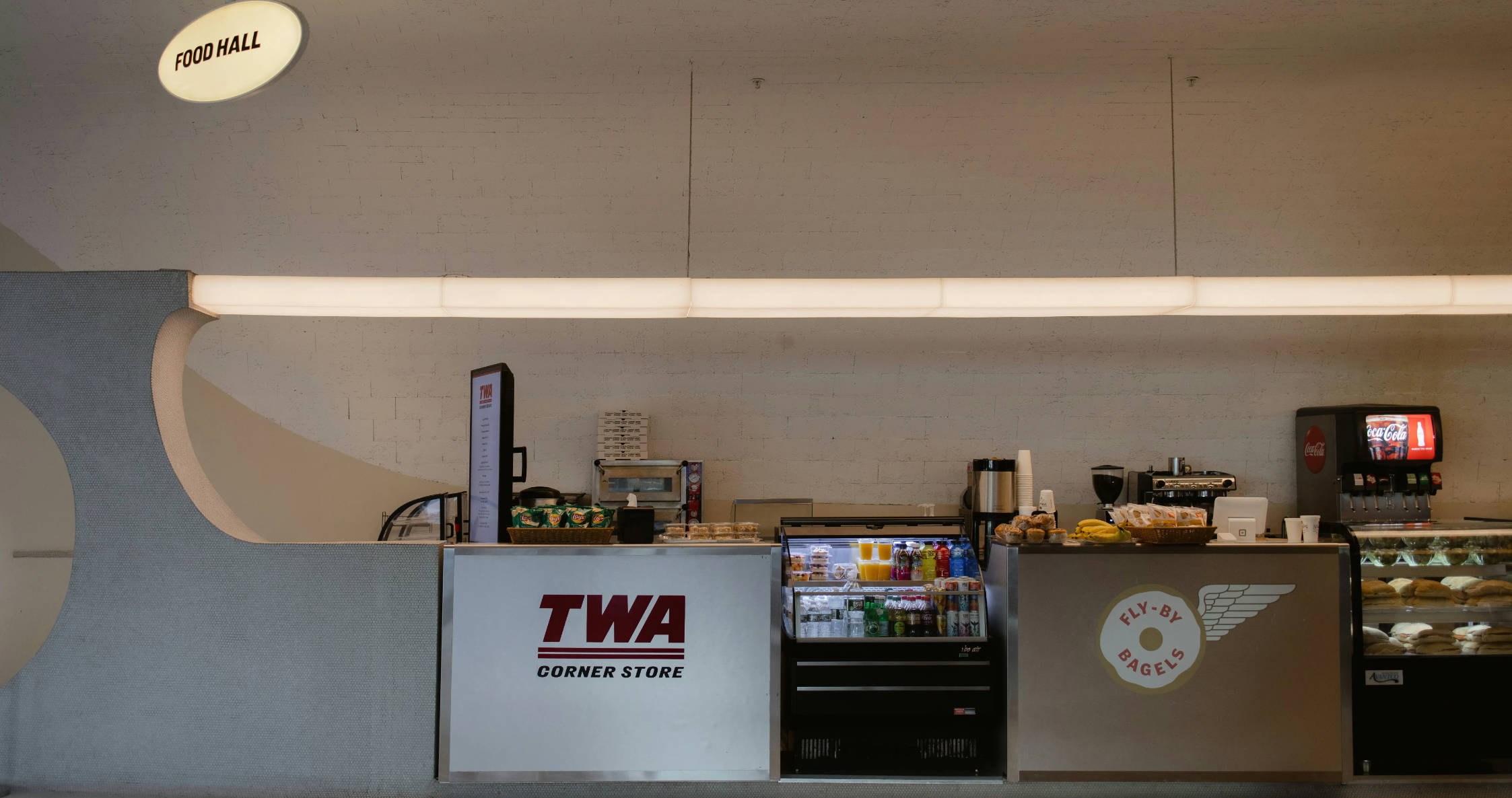Airport Nutrition & Flying Healthy
Have you ever had to eat in an airport and walked what felt like miles up and down the terminal trying to find at least one healthy entrée? Of course you have!
As a fitness professional specializing in travel health, I understand that business travel is not just part of your job; it’s a lifestyle. Over a decade of global travel has given me firsthand experience of the challenges associated with maintaining health while on the road. This article aims to provide valuable health hacks for air travel, focusing on nutrition and overall well-being.
Maintaining good health is crucial for productivity, especially when traveling for business. The first topic we will cover is Airport Nutrition (Oxymoron? Yes.)
Research conducted by Carlson Wagonlit Travel on 6,000 travelers highlighted the significant stressors of travel, with ‘routine breakers’ and lack of access to healthy meals being the highest for females. The Physician’s Committee for Responsible Medicine rated airport restaurants for at least one low-fat, high-fiber, cholesterol-free vegetarian entrée and found that only 76% of the busiest airports offered even one such option. They specifically look for menu items with vegetables, fruits, whole grains, and legumes. Although things have been improving, the prevalence of unhealthy options remains high.
The top five airports for healthy foods?
2. Detroit Metropolitan Wayne County Airport and Chicago O’Hare (Tied)
3. Ronald Reagan National and Los Angeles International (Tied)
4. Baltimore/Washington and Washington Dulles (Tied)
5. Phoenix Sky Harbor and Dallas Ft. Worth (Tied)
It’s essential to plan your meals and snacks ahead of time using tools like iFly to see what restaurants are available at your gate or terminal.
Susceptible to jetlag? Learn how to defeat this sleep-killer.
What should I eat before flying, and what should I avoid?
Many travelers experience bloating and discomfort during flights due to a combination of factors: sodium, air pressure, and prolonged sitting, which leads to water retention. Altitude can affect your digestive system and cause gases to expand by 30 percent, leading to constipation and other digestive issues.
To combat this, opt for the least processed foods available. Regardless of your dietary plan – Paleo, vegetarian, Weight Watchers – always choose the least processed option, as it will have less sodium.
Avoid airplane meals if possible, especially those served in first class. If you must eat, stick to the fresh parts of the meal and avoid the entrée. Airlines often add extra salt to meals to enhance flavor, which, combined with the low humidity (around 20%) on planes, can exacerbate dehydration and discomfort.
Hydration: Drink plenty of water before and during your flight to stay hydrated. Avoid alcohol and caffeine, as they can dehydrate you further.
Summarizing what we’ve covered so far:
1. Airports are still in the dark ages when it comes to healthy offerings to passengers (but getting better!).
2. Why you feel bloated and icky after you fly.
3. How sodium can ruin your flat tummy and your bathroom experience.
What’s the worst thing for me to eat at the airport or on-board?
Wherever you are, buyers beware! Inspections of almost 800 restaurants at 10 airports found violations. At one airport 77% of the restaurants had at least ONE critical violation, some of which included rodent droppings and kitchens without soap! Being sick while traveling is as much fun as having your toenails peeled off one by one, so it pays to be extra cautious.
Beware the Grab and Go Cooler!
Grab and Go Coolers are notorious for not maintaining appropriate temperatures for meat products. If you purchase from a Grab and Go Cooler, do not let it sit in your bag until you are safely on board, the plane has taken off, and you have received your drink. This could easily be an hour or more after purchase, and chances are the meat wasn’t stored at the correct temperature to begin with. If you buy anything with mayo, meat, or eggs, eat it immediately. Food poisoning is often blamed when travelers fall ill, but it can frequently be prevented with proper food handling.
Common eats that should only be treats
If you’re traveling for business, you are not on vacation. Eating treats every day while you’re on the road is not advisable. Initially, it’s easy to fall into this habit, as I did with frozen yogurt, soft pretzels, and iced coffee drinks. Sodium + sugar + caffeine = recipe for air travel disaster.
Soft pretzels and giant muffins contain 400-500 calories of refined carbs. Soft-serve frozen yogurt is highly processed, filled with sugar or artificial sweeteners, and often contains artificial flavors. For the love of cows, it comes in a bag in liquid form! Skip it or have one scoop of real ice cream instead. Fancy coffee drinks are essentially dessert, loaded with sugar, caffeine, calories, and sodium. Treat them as such.
Other foods high in sodium include those heavily sauced (masquerading as Chinese cuisine), processed meats, and hot dogs. Sodium + dehydration + lack of movement + cabin pressure = a need for laxatives.
Ok…got it. Now what should I eat?
Typically, airports aren’t where you get your best meal of the day, so don’t expect to get exactly what you want, prepared the way you want it. However, you might be able to find some good choices if you plan a little and use iFly to see what is available in the terminal you’ll be spending time in. Salads with beans, hummus, and edamame are good choices. Steamed mixed vegetables, non-meat sushi (unless it’s freshly made; remember, Grab and Go Cooler is not ideal for raw meats) or fish at a sit-down restaurant are also good options. I avoid meat because I prefer grass-fed beef or meat without hormones and antibiotics, and most airport chains do not meet these standards yet.
If you’re gluten-free due to Celiac or Hashimoto’s Disease, like I am, download the apps Find Me Gluten Free and Fooducate – Gluten Free edition. They are incredibly helpful when determining which restaurants and foods are safe to eat.
When packing from home, I freeze individual packs of Wholly Guacamole 100 and hummus and place them in my liquids bag along with nut butter packets. Security has never confiscated them when I had them in my liquids bag. I also bring my own vegetables and fruits because they are overpriced at the airports. If I know via iFly that there won’t be something suitable for me to eat, I’ll stop at a grocery store on my way to the airport. Many people forget about grocery stores when traveling.
In the last two sections, we covered what to eat and what to avoid at airports. Now we’ll learn how you can get some movement to combat all that sitting.
Staying light on your feet… To check or not to check your bag?
It’s scary to check a bag because you may not get it at your destination, and in many airports, it can take as long as your flight to retrieve your baggage. However, if I have a long connection, I almost always check my bag so I can walk around the airport untethered. Even with a nice roller bag, it still affects your posture and spine to be pulling it on one side all the time.
Regardless of whether or not you check your bag, make sure you have comfortable shoes to walk the terminals. I’ll even find an unused gate and do an exercise routine right there. I’ve done sun salutations, push-ups, burpees, and lunges at empty gates. I’ve used my bag for shoulder presses. Sometimes I’ll bring out my exercise bands for a routine that doesn’t get me too sweaty but gives me an energy boost and a decent workout. I’ve had fellow travelers borrow my exercise bands while waiting for flights. Movement really helps during long delays.
I also travel with a collapsible hoop and have used it at empty gates. If you’re the type who would be embarrassed to do this, remember: how often do you see someone you know at the airport? Plus, let others stay in their tired, energy-drained state while you increase blood flow, reduce the risk of swelling, and burn some calories.
Other ways to get activity: Avoid the people movers. Take note of who is standing on the people movers next time you are at the airport. It’s usually not someone who looks fit and healthy, unless they have small children.
For long layovers, some airports offer fitness centers. Although they are not common, they are invaluable. We could benefit from fewer fast-food outlets and more fitness centers with showers. Even if you don’t have shower access, you can use wet wipes to freshen up.
Fitness-minded airports include:
- Dallas/Ft. Worth: American Airlines Admirals Club has a small fitness center and showers. The Grand Hyatt offers a full-service fitness center and spa for $30 for non-guests. Free yoga studio and LiveWell Walking Path in Terminal D.
- San Francisco International: Yoga room.
- Detroit Metropolitan: Westin Airport Hotel has a full fitness studio for $15 and rents shoes, shorts, and t-shirts for $5.
- Singapore Changi: Fitness center in all terminals.
- Vancouver International Airport in British Columbia: Full health club with pool.
- Hilton Chicago O’Hare Airport: Full health club.
- Minneapolis-St. Paul International Airport: 1.4-mile walking path.
- Dubai International Airport: 24-hour gym.
- Zurich: Radisson fitness center, Turkish baths, and sleeping rooms. Rent bikes, inline skates, and Nordic walking sticks.
- Los Angeles International Airport: 18-hole golf course or yoga space at LAX Flag Courtyard.
- Munich Airport: Pool and fitness center.
- Toronto Pearson International: Fitness center with showers, locker, and towel service.
- Cleveland Hopkins International: Walking circuit.
- Seoul Korea Incheon International Airport: Ice skating, golf club with driving range and putting green, fitness center.
While on the plane, ensure you get up at least every hour to walk to the bathroom or up and down the aisle. If possible, choose an aisle seat to facilitate movement. Prolonged sitting, especially on long flights, is not good for anyone.
If you can’t get up, keep your feet moving by rolling your ankles and flexing your feet. Perform shoulder shrugs and wrist circles while waiting for the beverage cart.
Being healthy and productive while traveling requires careful planning. By following these tips, you can arrive at your destination feeling as energized as possible.
Make the best of your flight: Find Space in the Coveted Overhead Bin!
FAQ: Airport Nutrition & Healthy Flying
Find more help here for your journey through the airport




